Growing Construction Sector
The construction sector in China is experiencing robust growth, which is a significant driver for the cool roof market. With urbanization and infrastructure development on the rise, there is an increasing demand for innovative building solutions. The cool roof market is likely to benefit from this trend, as new constructions often seek energy-efficient and sustainable roofing options. In 2025, the construction industry is projected to grow by approximately 6%, creating opportunities for cool roof installations. As builders and developers aim to meet sustainability goals, the adoption of cool roofs may become more prevalent. This growth in construction not only supports the cool roof market but also aligns with broader environmental objectives, making it a key area of focus for stakeholders.
Government Policy and Support
Government policies in China are increasingly favoring sustainable construction practices, which directly influences the cool roof market. Initiatives aimed at reducing carbon emissions and promoting energy efficiency are becoming more prevalent. The cool roof market is likely to benefit from these policies, as local governments may offer incentives for the installation of cool roofs. For instance, subsidies or tax breaks could encourage building owners to invest in reflective roofing materials. Furthermore, regulations mandating energy-efficient building standards may drive demand for cool roofs. As the Chinese government continues to prioritize environmental sustainability, the cool roof market could see substantial growth, supported by favorable policy frameworks that encourage the adoption of innovative roofing solutions.
Rising Urban Heat Island Effect
The urban heat island effect, characterized by elevated temperatures in urban areas compared to their rural surroundings, is a critical driver for the cool roof market. In China, cities like Beijing and Shanghai experience significant temperature increases, often exceeding 5°C during summer months. This phenomenon leads to higher energy consumption for cooling, prompting building owners to seek solutions such as cool roofs. The cool roof market is likely to benefit from this trend, as reflective roofing materials can mitigate heat absorption, thereby reducing energy costs. Furthermore, the Chinese government has recognized the need to address urban heat islands, potentially leading to increased investments in cool roofing technologies. As urbanization continues, the demand for cool roofs may rise, making it a pivotal factor in the market's growth.
Increased Energy Efficiency Awareness
Awareness regarding energy efficiency is growing among consumers and businesses in China, significantly impacting the cool roof market. With rising energy costs and environmental concerns, there is a shift towards sustainable building practices. The cool roof market stands to gain as reflective roofing materials can reduce energy consumption by up to 30% in some cases. This awareness is further fueled by government campaigns promoting energy-efficient solutions. As more stakeholders recognize the long-term cost savings associated with cool roofs, the market is likely to expand. Additionally, the integration of cool roofs into green building certifications may enhance their appeal, driving further adoption. The potential for energy savings and environmental benefits positions the cool roof market as a viable solution for energy-conscious consumers.
Technological Advancements in Materials
Technological advancements in roofing materials are playing a pivotal role in shaping the cool roof market. Innovations in reflective coatings and insulation materials enhance the performance of cool roofs, making them more appealing to consumers. The cool roof market is witnessing the introduction of products that not only reflect sunlight but also improve durability and longevity. For example, advancements in polymer technology have led to the development of highly reflective membranes that can withstand harsh weather conditions. As these technologies evolve, they may lower installation and maintenance costs, further driving market growth. The potential for improved performance and cost-effectiveness positions the cool roof market as an attractive option for both residential and commercial applications in China.


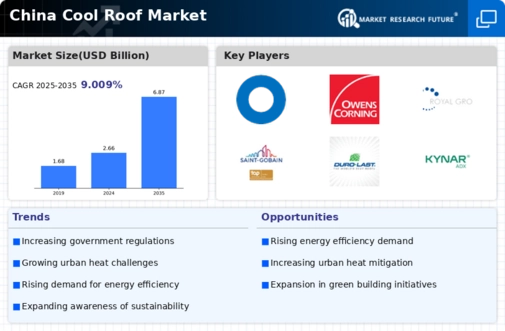
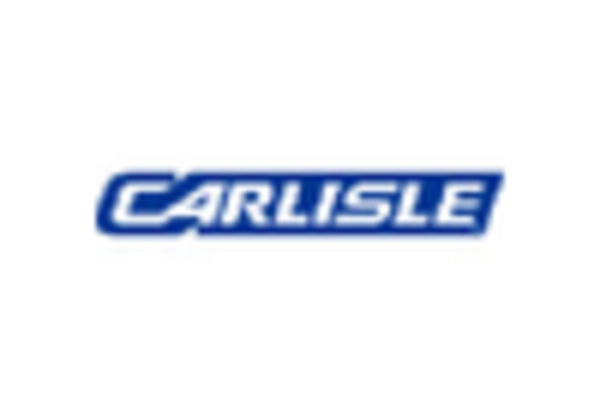
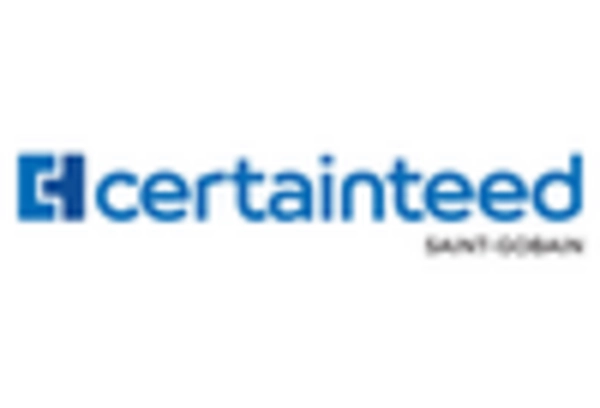
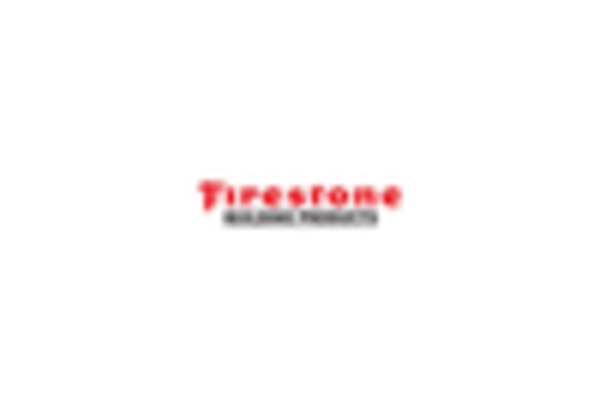
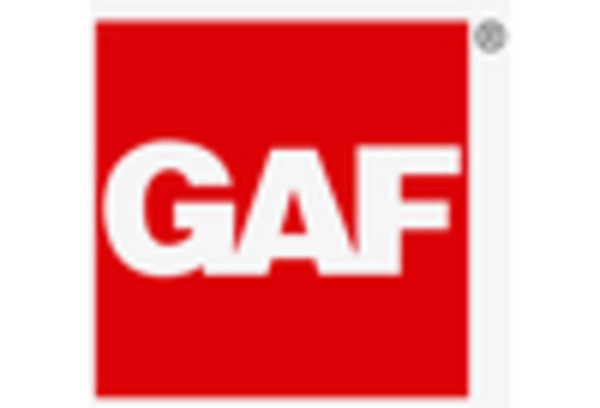
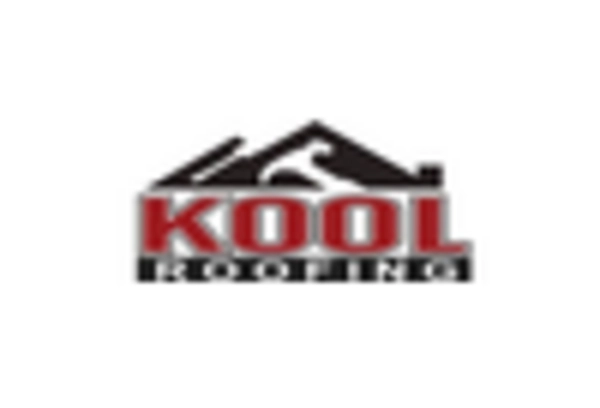
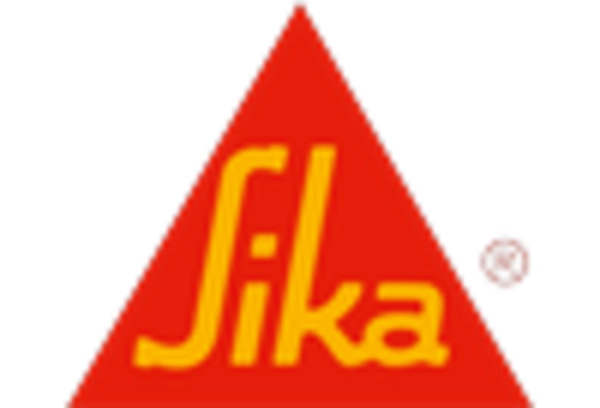








Leave a Comment